Museum of Trade Ceramics
Hoi An ceramics museum is an indispensable destination in the journey to discover Hoi An – Hue. At this place, you can not only see the famous ceramic artifacts but also have the opportunity to know more stories about a flourishing period of Hoi An. Let us explore the beauty of the culture here.
History of the museum
Built in 1858, the building housing the Museum of Trade Ceramics is an elegant example of traditional Vietnamese workmanship which has been kept in first-class condition. There are many antique pieces exhibited including some from a ship wrecked in nearby waters in 1733 and pottery from the Chinese Tang Dynasty dating from the 7th to the 10th centuries.
Discover Hoi An ceramics museum
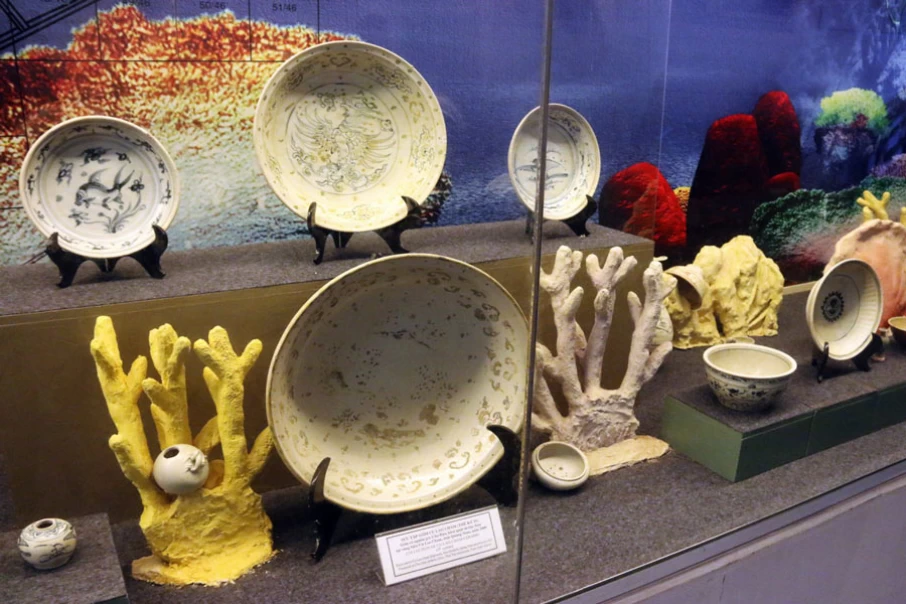
The building that serves as museum itself is a very beautiful building constructed in the traditional Vietnamese architectural style. It is a two storey building with a courtyard and an anteroom – all of which are open to the public .Though the town of Hoi An is currently a fishing town, it once used to be a trade hub. Either way, the sea continues to play a major role in the life of the people of Hoi An. In the early days, when Hoi An was called Fai Fo, the chief article of trade to and from the town consisted mainly of pottery and, as such, pottery from different nations, including Chinese, Thai and Japanese, has been discovered.
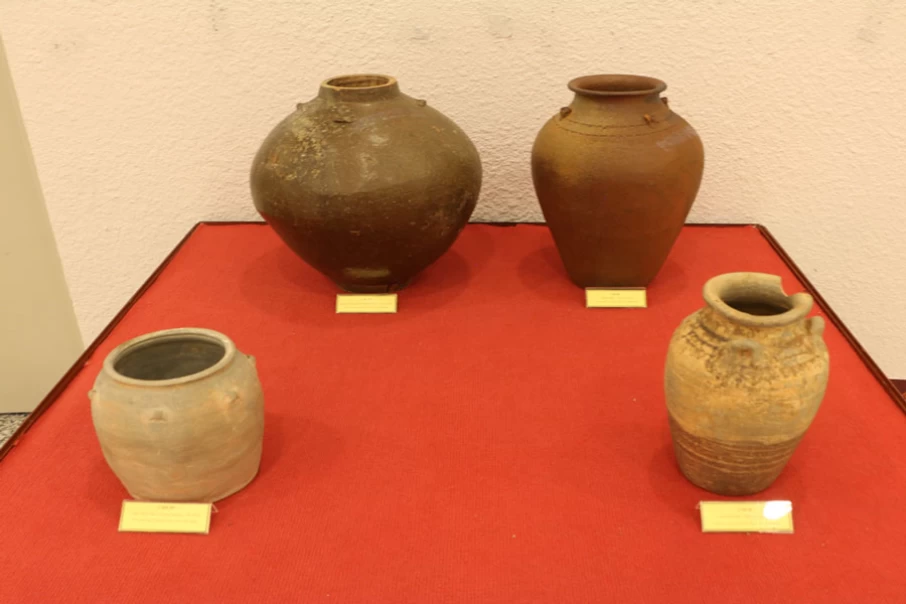
There are about 430 ceramic artifacts that stand as testimony for the ceramic trade network dating back to the 8th to 18th centuries. Most of them come from Middle-East, India, China, Japan, Thailand and Vietnam. Among them, some antiques were picked up from a wrecked ship in the sea in 1733. Others were collected by archaeologists in the excavations carried out in the sites of Hoi An. They are the pottery of the Chinese Tang Dynasty (7th-10th centuries), of Middle East countries in 7th-10th centuries and of Vietnam in 15th century.
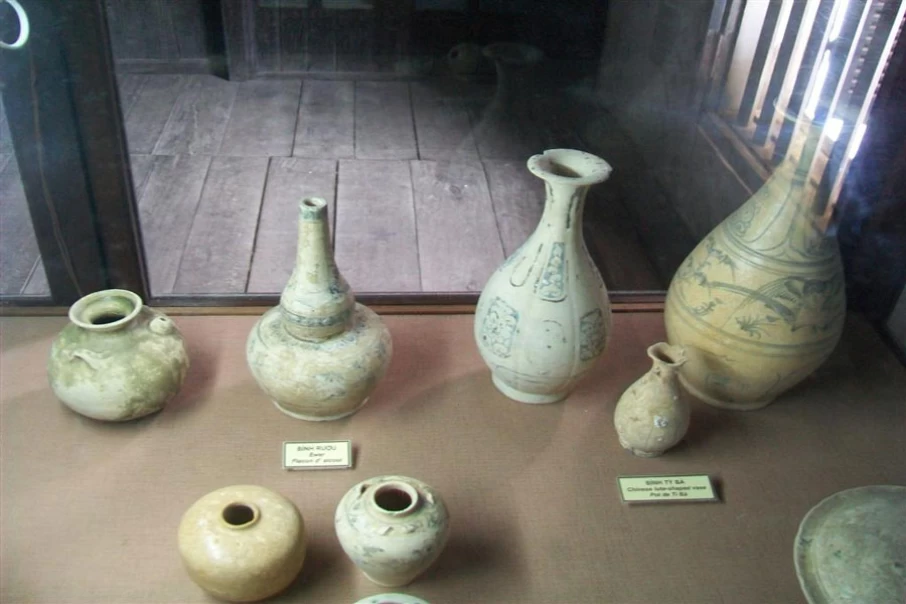
The Museum of Trade Ceramics is open daily from 08:00 until 17:00 and is situated at 80 Tran Phu Street, Hoi An. The house itself is in pristine condition and visitors are welcome to also wander around the rooms and courtyard to get a feel of a traditional Vietnamese house. The museum is highly recommended for historians or those with an interest in archaeology, others may find it rather dry largely due to the fact that there are few whole objects on display with most of the exhibits consisting of ancient shards of flatware and pottery.
Hue tours, do not forget to visit the traditional cultural beauty of Hoi An ceramics museum. With the above information, we believe that you have been attracted by the image of a bustling Hoi An and still hesitate to come and play Hoi An.

An Bang Beach
An Bang Beach, located in the city of Hoi An in Vietnam has been voted amongst the top 50 beautiful...
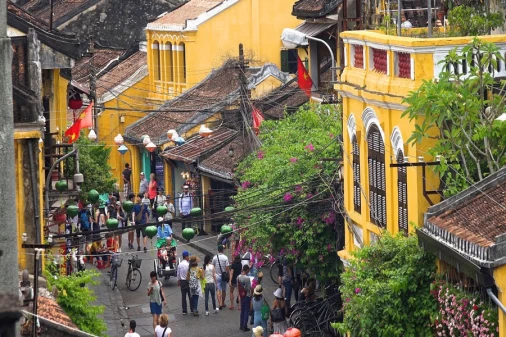
Central Market Hoi An
Description: Sharpen your bargaining skills and head south east to Hoi An Central Market, one of Vietnam’s...

Cham Island
Cham Islands consists of eight small islands off the coast of Hoi An, one of which is a recognized UNESCO...

Cua Dai Beach
Cua Dai Hue Beach is always in the top of Asia’s most beautiful beaches. Here there are small waves,...
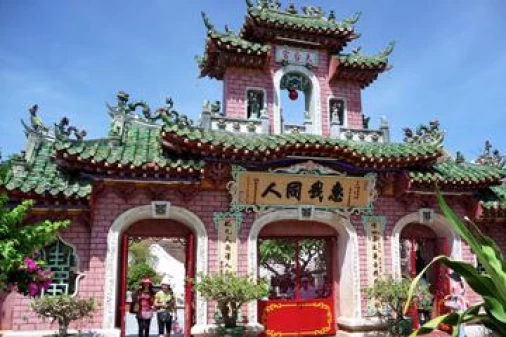
Fujian Assembly Hall
Fujian (Phuc Kien) Assembly Hall was built around 1690 and functions as a traditional assembly hall...
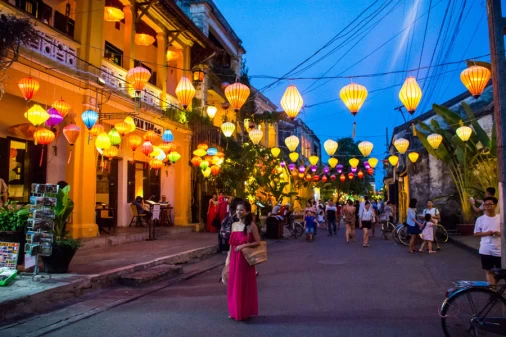
Hoi An Ancient Town
Hoi An, once a major Southeast Asian trading post in the 16th and 17th centuries, is basically a living...
You may also like
Glimpse Of Central Vietnam 5 Days
- Depart Time:Daily
- Starts/Ends:Da Nang/Da Nang
- Tour type:Private Tours
- Travel Style:Heritage Tours, Family Tours, Culture & History
- Activities:Walking tours, Sightseeing Tours, Cultural, religious and historic sites tours, City sightseeing tours
- Suitable for:Solo, Family, Group, Couple
- Age range:1 To 90 Years
- Operated in:English, French, Spanish, German, Italian
Must See Of Central Vietnam 6 Days
- Depart Time:Daily
- Starts/Ends:Da Nang/Da Nang
- Tour type:Private Tours
- Travel Style:Heritage Tours, Family Tours, Culture & History
- Activities:Walking tours, Sightseeing Tours, Cultural, religious and historic sites tours
- Suitable for:Solo, Family, Group, Couple
- Age range:1 To 90 Years
- Operated in:English, French, Spanish, German, Italian
Highlights Of Central Vietnam 7 Days
- Depart Time:Daily
- Starts/Ends:Da Nang/Da Nang
- Tour type:Private Tours
- Travel Style:Heritage Tours, Family Tours, Culture & History
- Activities:Walking tours, Sightseeing Tours, Local culture tours, Cultural, religious and historic sites tours, Countryside and village visits tours
- Suitable for:Solo, Family, Group, Couple
- Age range:1 To 90 Years
- Operated in:English, French, Spanish, German, Italian
 France
France  Spain
Spain  German
German  Italian
Italian 




 Vietnam Tours
Vietnam Tours  Cambodia Tours
Cambodia Tours  Myanmar tours
Myanmar tours  Thailand Tours
Thailand Tours  Laos Tours
Laos Tours